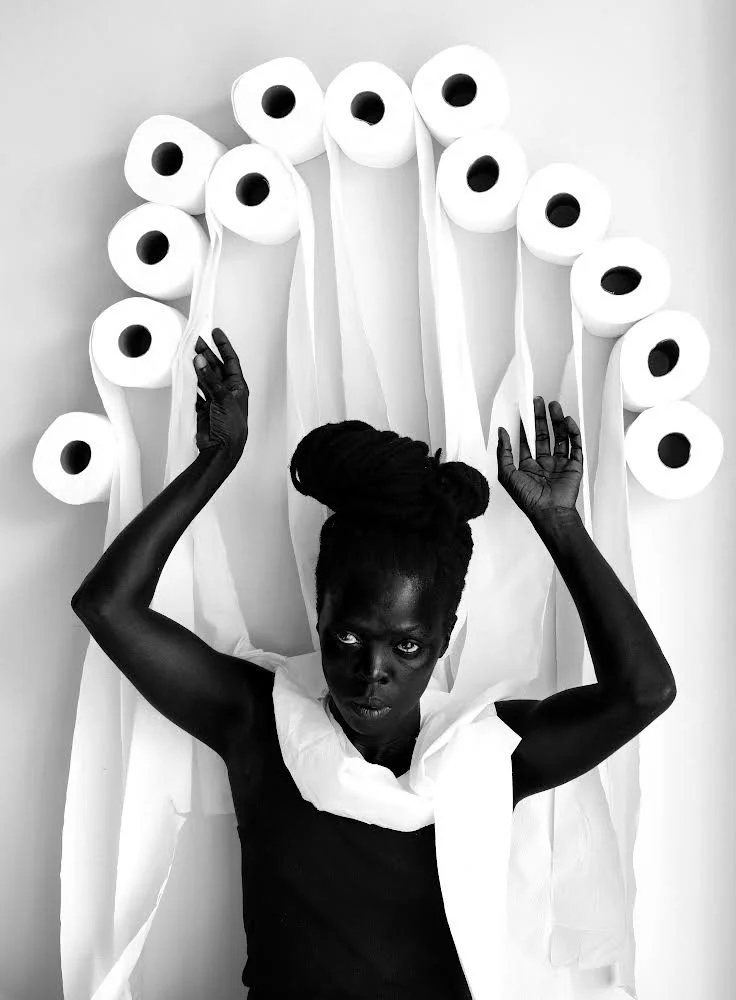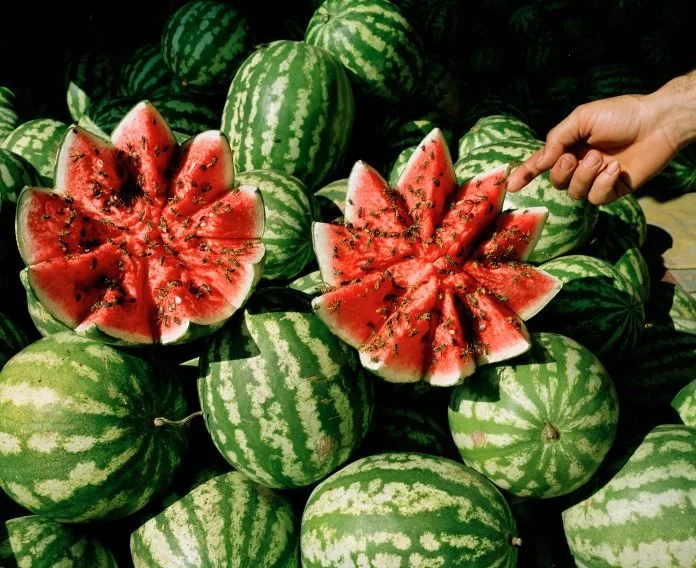HOW TO START COLLECTING PHOTOGRAPHY
Photography is an excellent entry point when starting an art collection. Here are some points you should familiarize yourself with when considering either starting a collection or simply purchasing a photo you like.
Printing Process
The details of the production process are often outlined by the description of the medium. Chromogenic print (C-print), dye destruction prints, and polaroid prints are all common. Professional printers use pigment technology and the results are often called archival pigment prints. Black and white film photography is sometimes printed through a process called silver gelatin.
Collecting
My first purchase was a print by Lebanese artist Lara Zankoul at her first solo show in Beirut. I didn’t buy it for any other reason than I just fell in love with the print. Determining whether you want to purchase a work by an established or emerging photographer is COMPLETELY up to you. For investment, collectors buy established artists with the idea that the work will either retain or gain value over a period of time. When it comes to amassing a larger collection, professionals can be guided by their subconscious. “My husband noticed I kept buying things with airplanes in them,” said Laura Noble, a gallerist and author of The Art of Collecting Photography. Today, her “key collection” is of photographs with things that fly. Developing some direction for what to collect “keeps you reined in a little,” she said. AND that’s some really good advice, in my opinion.
Many collectors acquire works by emerging photographers because of the potential they see OR FEEL. I have been collecting emerging artists from Thailand, Japan, Cambodia, VENEZUELA AND Guatemala that i’ve met in my travels. It's a very PERSONAL collection but each print is attached to special memories of people and places and that makes it very special. The story behind how and why the photograph is made, as well as the story of the photographer's life, every photograph has something to say OR CAN BE INTERPRETED BY THE VIEWER.
Understanding Editions
Art collectors know or learn that they should always take the number of editions into consideration when collecting photography. The purpose of revealing the number of editions is to ensure a level of scarcity by limiting the versions of the photographs circulated in the market, to prevent the individual work's value from depreciating. It is important for collectors and aspiring collectors to understand the implications of this difference before stepping into this marketplace!
In general, a fine art print refers to one of many copies produced (i.e., 1/100). In photography, copies tend to be much more limited (i.e., 1/25). An edition is a copy of an artwork made from a master and is often assigned a number corresponding to the order of its production. Generally speaking, edition is a better term to discuss photography, as print connotes a work that is widely available. Some artists are going so far as offering editions of just one single print, giving their work the same unique quality of fine art.
Some artists use photographic formats, such as cyanotype and daguerreotypes, that create unique objects that are not reproducible. When looking to purchase a photograph, make sure to ask whether the work you are buying is a first edition work and whether the edition is a closed edition and the general rule of thumb is to enquire and purchase from reputable platforms, galleries, and/or art fairs dedicated to the medium, many which I feature here on ninunina.com.
Handle with Care
Photographs are very sensitive and fragile because of the materials and chemical processes used to develop or print the image. Various factors can influence the condition of a photograph; humidity, temperature, and light and poor framing tend to be the main causes of damage to photographs.
To protect your photography collection, avoid placing or hanging prints in direct light- this can cause the image to fade over time. When handling photographs, it is best to wear microfiber gloves to avoid direct contact with the surface of the work.
HAVE OTHER QUESTIONS, LET US KNOW.
Zanele Muholi




